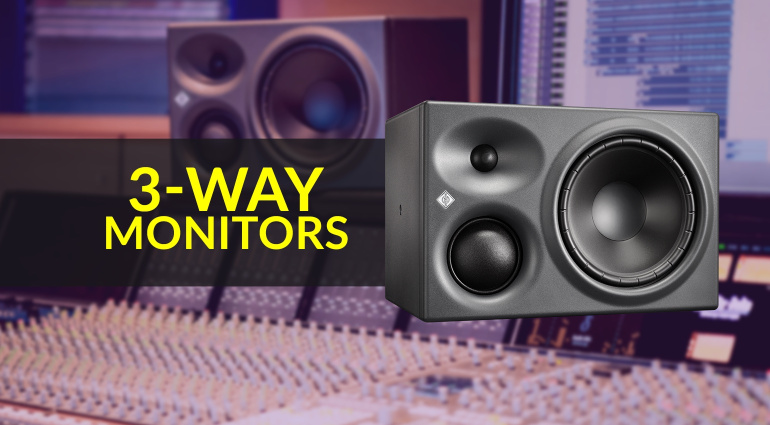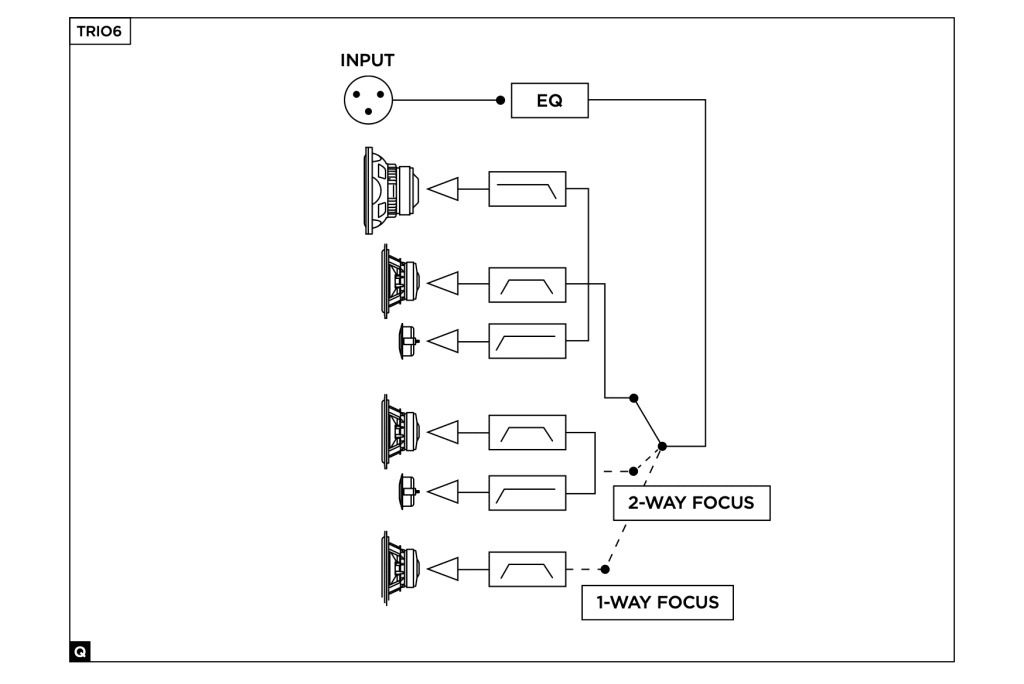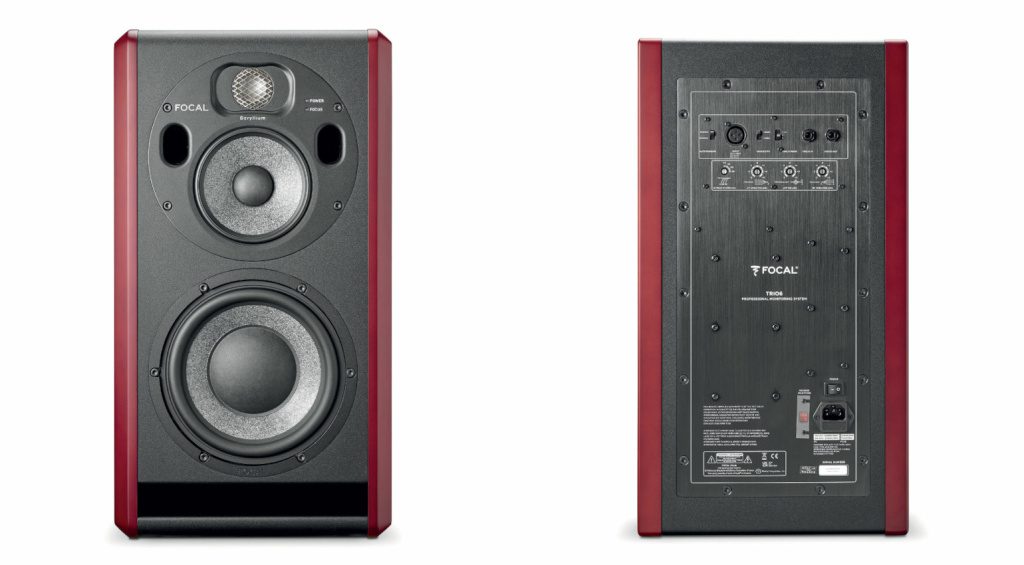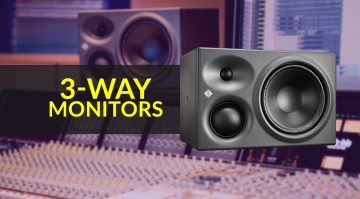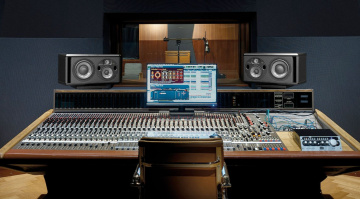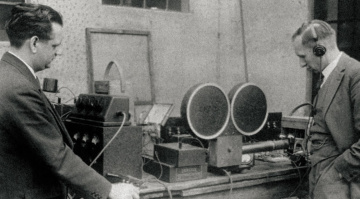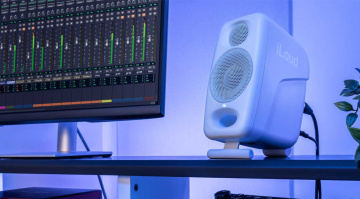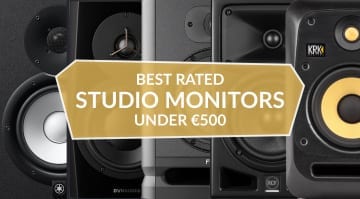2-Way vs 3-Way Monitors: How do you choose?
We look into 3-way monitor designs.
Ever compared 2-way and 3-way monitors? We’re exploring the design characteristics to find out why you’d choose one over the other.
As very few of us use treated acoustic spaces for making and listening to music these days, the great monitor debate rages on. Historically, monitors like the Yamaha NS-10 became unlikely heroes of the recording world with so many studios swearing by the results they delivered.
However, with the advent of the home recording revolution, passive monitoring has become something of a rarity. So instead, let’s discuss the application of 3-way monitors and how they differ from the average 2-way studio monitor.
- More about Yamaha NS-10 monitors
2-Way vs 3-Way Monitors
When comparing 2-way and 3-way monitors, there are a few things to keep in mind. Firstly, no matter which monitors you choose , matching the speaker to the sound and size of room your room remains essential.
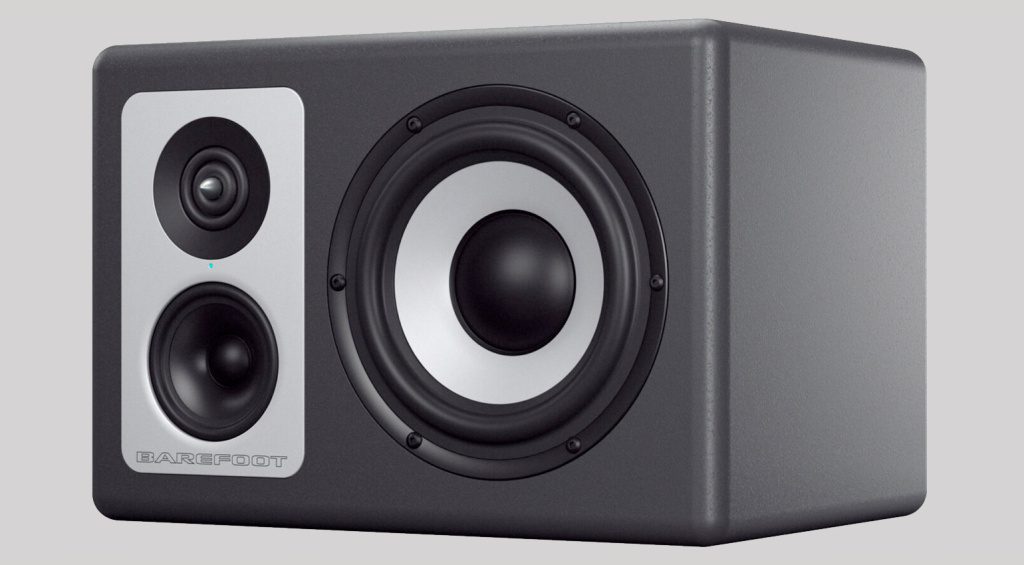
In addition, the audio application and the type of music you’re mixing are also factors that come into play. Are you editing dialogue or tracking and mixing music? This should help you choose the right monitor for your setup.
In addition, knowing about the playback format will also affect your choice. Will a 2-way or 3-way monitor translate your mixes better onto PA systems in venues or the tiny speakers on laptops and mobile devices?
Answering these kind of questions will help you in your choice of monitor. In the meantime, let’s dive into some of the basics so we can better understand what’s behind the monitor designs we find in studios.
- More from Barefoot Sound
What are 3-way monitors?
3-way monitors are designed with three drivers in the speaker cabinet, separated by two crossover points. Compared to 2-way monitors, this adds a new dimension with a dedicated midrange driver and a far smaller frequency range sent to the woofer.
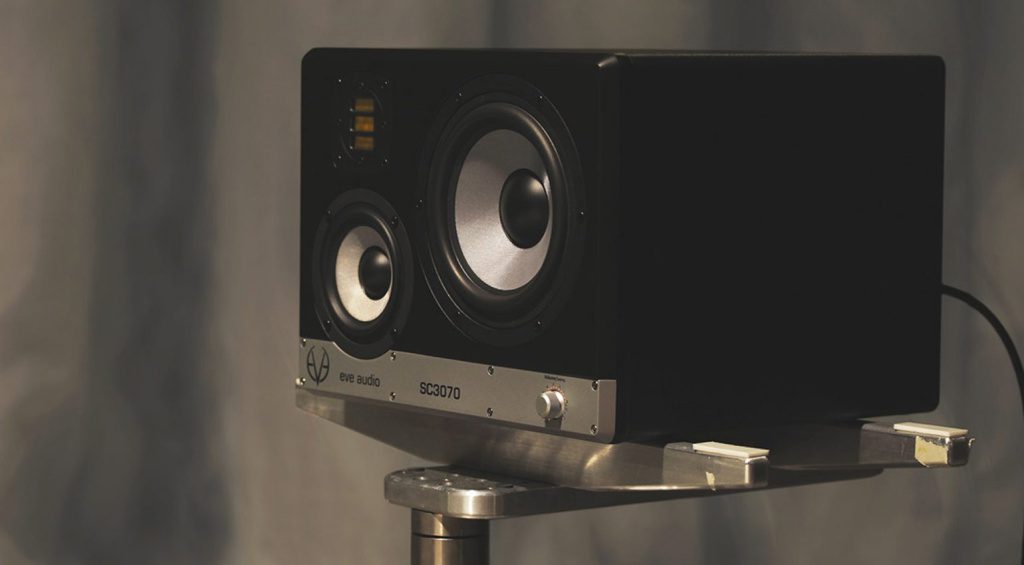
Because of this configuration, 3-way monitors come in different shapes and sizes to their 2-way counterparts. This makes them relatively easy to differentiate, as they are often larger than 2-way monitors with the same size woofers.
You can find 3-way monitors with vertical and horizontal driver configurations, as well as “L-shaped” clusters. Some have identical speakers, while others use individually designed left and right speakers.
- More from Eve Audio

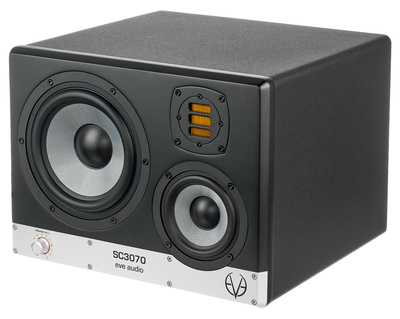

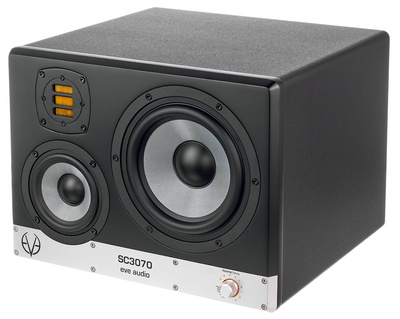
Does 3-way = Midfield?
Although the larger midfield and far-field main monitors found in many professional studios are usually 3-way, this does not mean that 3-way speakers are designed for a specific listening distance.
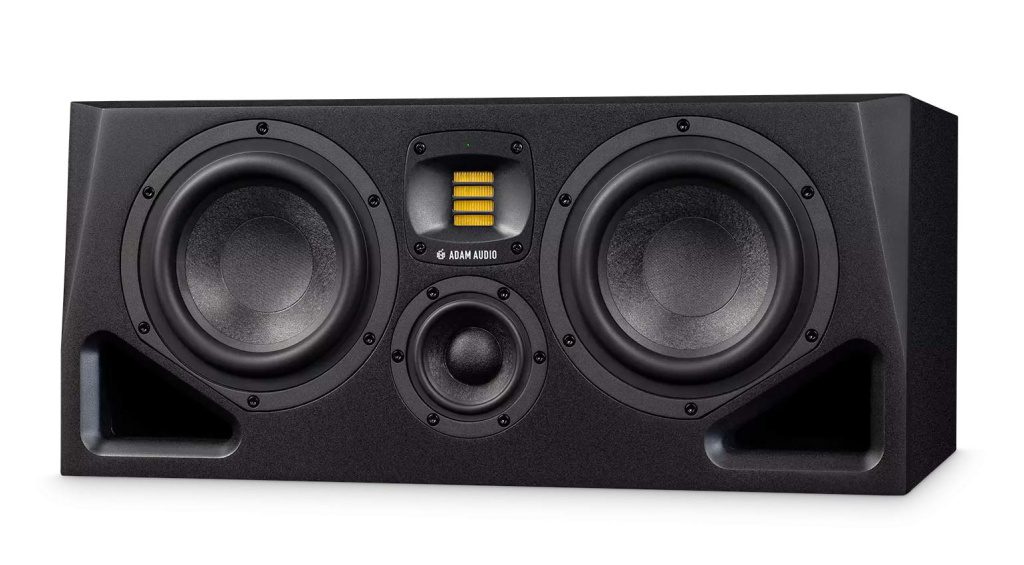
In fact, it’s important to distinguish between acoustic terminology and specifications from the manufacturer. In acoustics, the term nearfield refers to the listening distance in which you are hearing more of the speaker than the reverberation within a room (where you want to be).
For this reason, terms like midfield don’t actually exist in acoustics. Instead, they refer to the listening distance recommended by the manufacturer. In reality, this ideal distance is variable due to factors like monitoring volume, room size, and acoustic treatment.
- More from Adam Audio

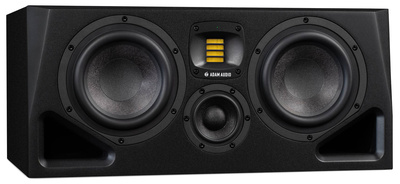
Amplification
The 3-way monitors you encounter are usually active. In a small studio or home recording environment, it’s unlikely that you’ll use a passive 3-way speaker. This is because external amplifiers and crossovers require more technical setups and have spatial requirements.
3-way active speakers are tri-amplified with two crossover points, with a dedicated amp for the bass, midrange, and high frequencies. Meanwhile, the passive 3-way speakers are usually powered by two amps or even a single amp per speaker.
In addition, active studio monitors are often equipped with DSP crossover systems. This allows you to easily adjust the speaker’s frequency response to compensate for its position in your room.
- More from Focal

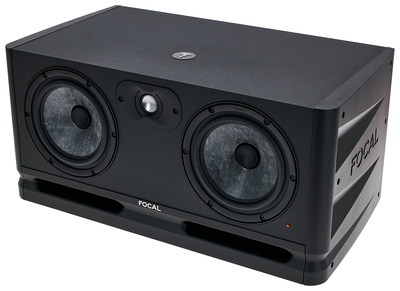

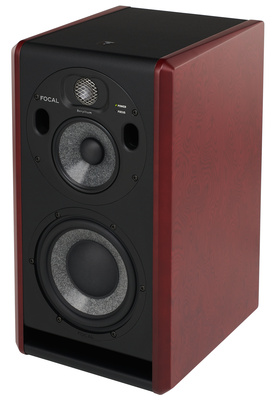
Crossover System
A crossover determines how much of the frequency spectrum is shared over the woofer, midrange driver, and tweeter. The average 2-way active studio monitor usually has a crossover point at around 3 kHz.
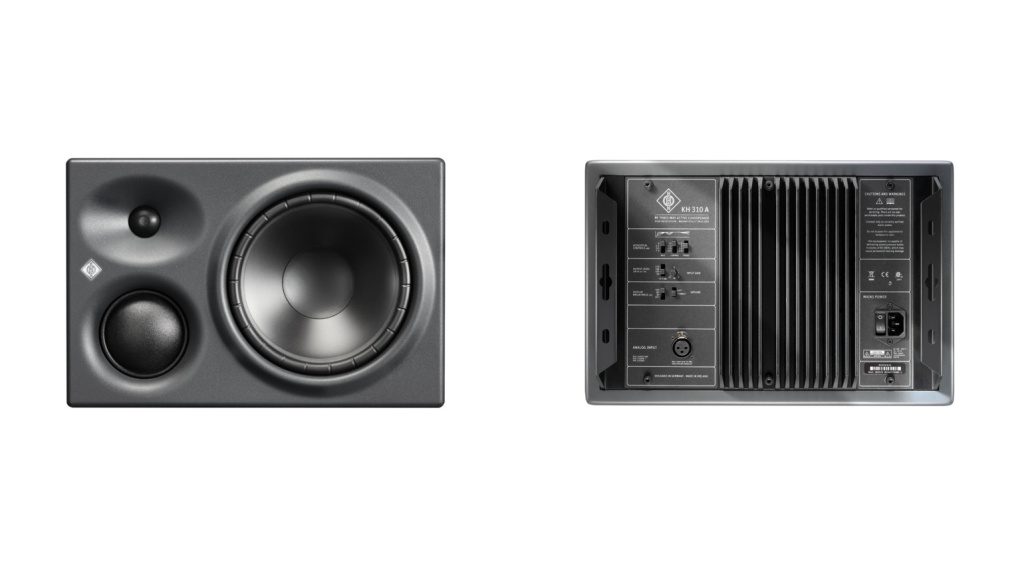
Meanwhile, a popular 3-way monitor like the Neumann KH 310 has crossover points at 650 Hz and 2 kHz. Compared to 2-way monitors, the extra degree of separation immediately results in a cleaner low-frequency range.
This is because the woofer is only dealing with frequencies below 650 Hz rather than a large scope below 3 kHz. Similarly, with a dedicated driver, the midrange is far more detailed.
- More from Neumann

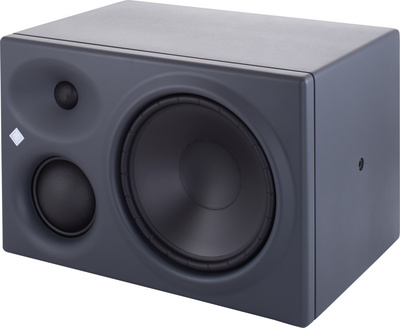

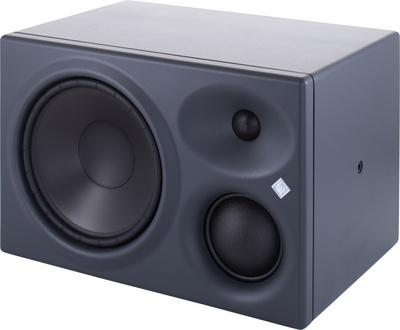
Are 3-way Monitors better than 2-way?
Not necessarily. Because the pricing of a pair of 3-way monitors generally starts around the $2000 mark, one could make the mistake of assuming that they are superior. However, with a pair of 2-way monitors spec’d for your room in the same price range, you are likely to get equally good results.
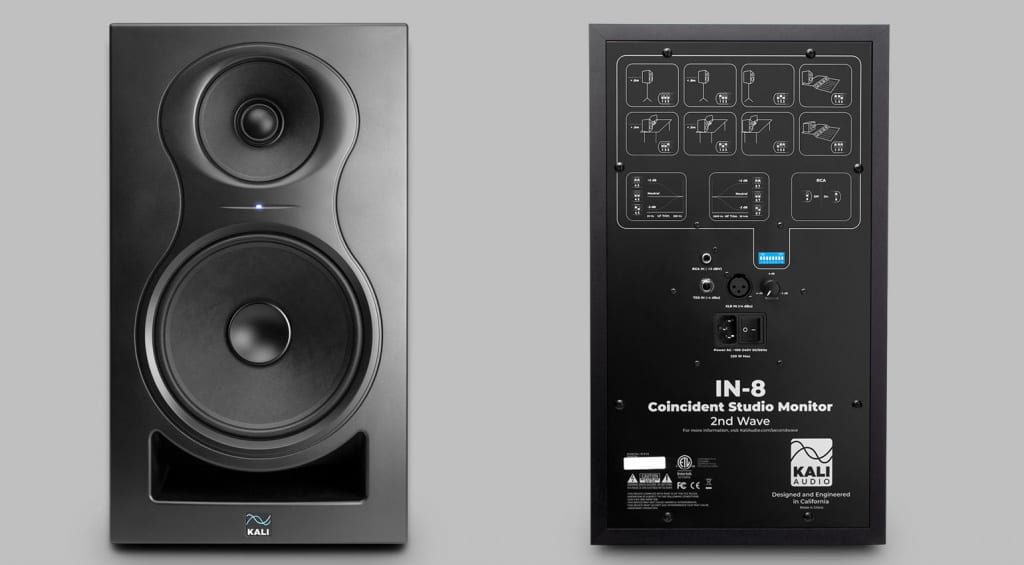
Remember that when it comes to monitors, the price you end up paying is due to the expense of the parts, manufacturing, research, and where a particular brand sits in the marketplace. For example, even though they could, it’s unlikely manufacturers like ATC or PMC would ever bring out a monitor in the $500 price range.
The key difference with a 3-way monitor is that the design can allow for more headroom and dynamic range. This makes it well-suited to mixing detailed acoustic material like Jazz and Classical recordings.
- Design your own monitors with Present Day Production
- More from Kali Audio

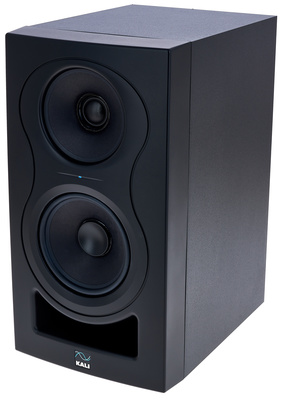


More about 3-way Monitors:
*Note: This article contains advertising links that help us finance our site. Don’t worry: the price for you always stays the same! If you purchase something through these links, we receive a small commission. Thank you for your support.
 5,0 / 5,0 |
5,0 / 5,0 | 